
The Perils and Promise of Eichler Preservation
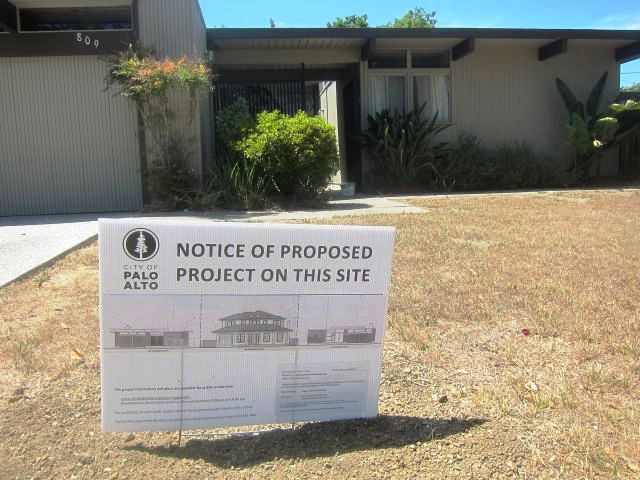 |
|
|
A visit to Richardson Way in Palo Alto, where one mini-monster home recently replaced an Eichler home and another mini-monster is threatened, makes clear the challenges facing Eichler owners everywhere who hope to preserve their neighborhoods.
It also graphically illustrates a major problem with one strategy that is being adopted by several Eichler neighborhoods in this town of million-dollar-plus teardowns.
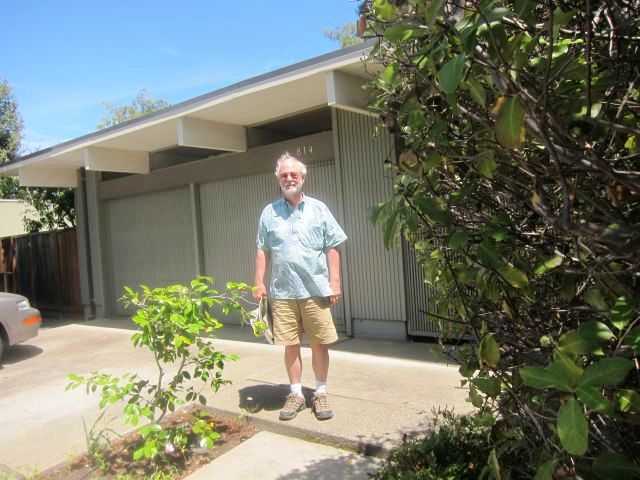 |
|
|
The strategy, urging the city to adopt ‘single-story overlay’ zones to prevent two-story homes from towering over low-lying Eichlers and killing privacy would do nothing to stop other depredations facing the homes’ architectural integrity and the neighborhoods’ overall looks.
Still, aren’t many Eichler owners more concerned about protecting privacy than protecting their original architecture?
Frank Ingle, a retired engineer who’s lived on the street 36 years, is leading the fight against the monstrous invasion on Richardson Court and the adjoining Murray Court, a mini-Eichler tract with the now forgotten name of Faircourt.
The strategies he is adopting do not involve seeking an overlay zone, in part because that would take too long.
One monster home is almost complete, with workers installing roofing. It looms over his side yard and backyard.
Another such monster has been proposed to replace a house right across the street.
Instead, he is insisting to city officials that neither home meets “individual review guidelines” the city already has in place to ensure neighborhood compatibility.
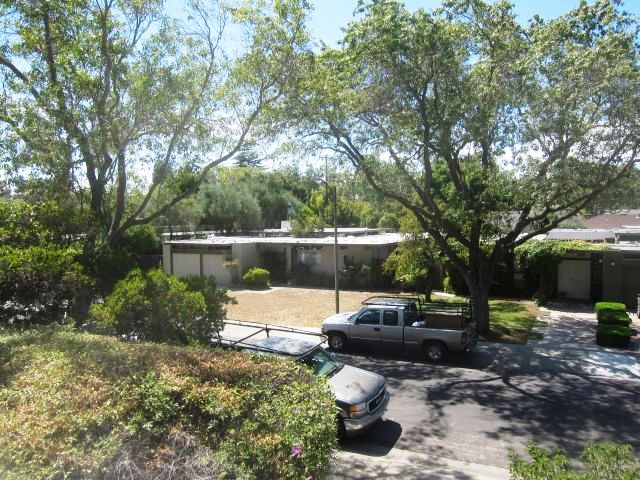 |
|
|
He is also seeking to reinstitute the long-ignored CC&Rs (covenants, conditions and restrictions) that were set in place by Joe Eichler when the neighborhood was built.
“The CCRs are an agreement among homeowners. You already agreed to it when you bought your house,” he says.
If he can convince more than half of his neighbors to recreate an 'architectural control committee,' then they can enforce design guidelines that would regulate not just two-story homes, but other significant design changes – although it could involve taking neighbors to court who oppose the committee’s decisions.
A walk through the neighborhood with Ingle recently made clear that, over the years, individual review guidelines haven’t been entirely effective. It also shows that a single-story overlay, while it would have prevented several two-story additions on the tree-shaded block, would not have blocked several homes that significantly increased their height – but without adding a full second story.
A single-story overlay would not have prevented the wholesale remodeling of one home, which no longer appears to be an Eichler at all.
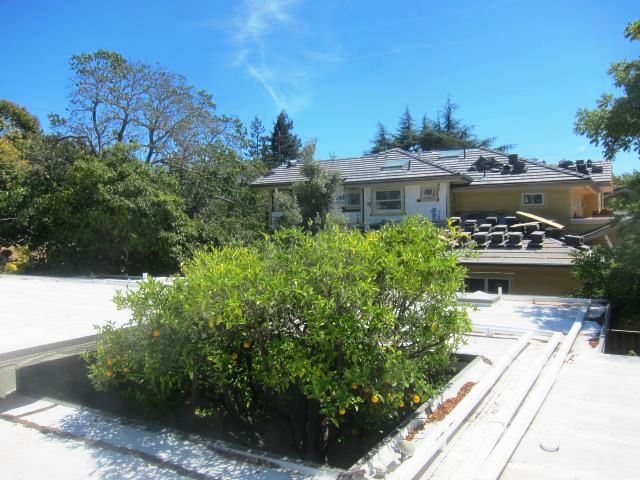 |
|
|
To ensure against that sort of thing, Ingle notes, Palo Alto would have to create 'neighborhood preservation districts' to ensure architectural integrity is maintained. Palo Alto does have historic districts – for two much older neighborhoods, Professorville and Ramona Street – but not for any modern neighborhoods.
Ingle and his wife, artist Sharon Chinen Ingle, moved to the neighborhood from the East Coast because it was attractive and quiet and near the YMCA and schools. It proved a great place to raise their three children.
Frank Ingle helped develop medical devices for several firms and was an adjunct professor at Stanford. Sharon Chinen, as she is known professionally, has created a remarkable series of sculptural objects, working at the Cubberley Artists Studios in town.
When they moved into the neighborhood all the homes were single story, many original owners remained, and there was a mix of incomes. Today, Frank says, virtually all recent arrivals work in high tech, husbands and wives both. “I don’t complain about people who are in high tech,” Frank says. “That’s what I like to talk about.”
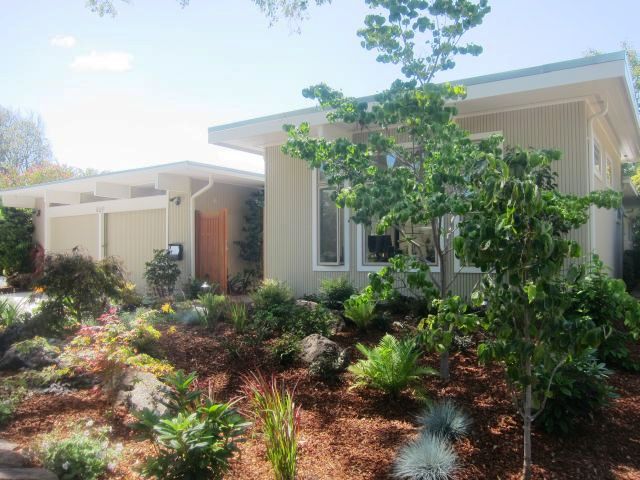 |
|
|
Homes had been going in the $1.2 million range – until the house next to him went for $1.9 million, then was torn down.
The first second-story addition came to the block about 25 years ago, and the second a few years later, both before the city adopted individual review guidelines.
But even after the guidelines, Ingle says, loose and forgiving interpretation by the city allowed the home next to his to be torn down and replaced by a home with two stories.
“It’s about timing,” he says. “You don’t learn anything [about a proposed development] until a sign goes up in front of a house saying a new house will be built there. Once that happens you can object, but your chances of winning are zero.”
“That is changing with the new council.”
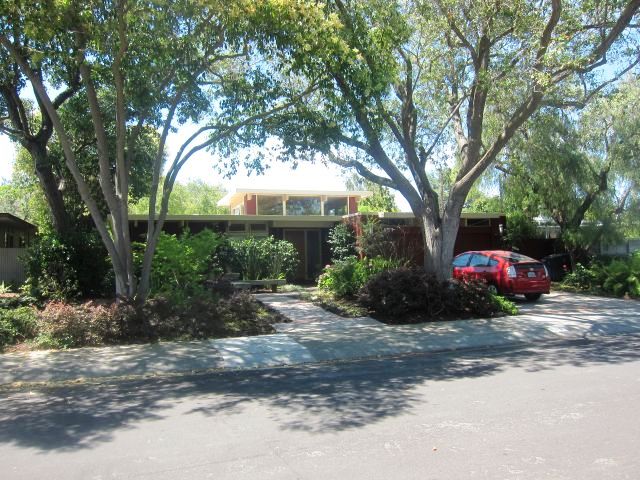 |
|
|
Like other political observers in town, Ingle says a new Council, elected in November and now with a majority of what people here call “residentialists,” is more open to neighbors' concerns about over-development. He hopes to persuade the city to block the proposed oversized home across the street, and has some reason for hope.
“It appears that the city is now taking compliance with the guidelines more seriously,” he says, citing a recent meeting with the city planner working on the proposal, and correspondence with the planning department. “… the home appears to be close to 30 feet tall, which is not in keeping” with the guidelines, the planner wrote.
“Given the significant amount of community concern regarding the proposed height, massing, scale, privacy, etc., staff believes it would be best to schedule a meeting to discuss how a home on this site would need to be designed to conform to the guidelines.”
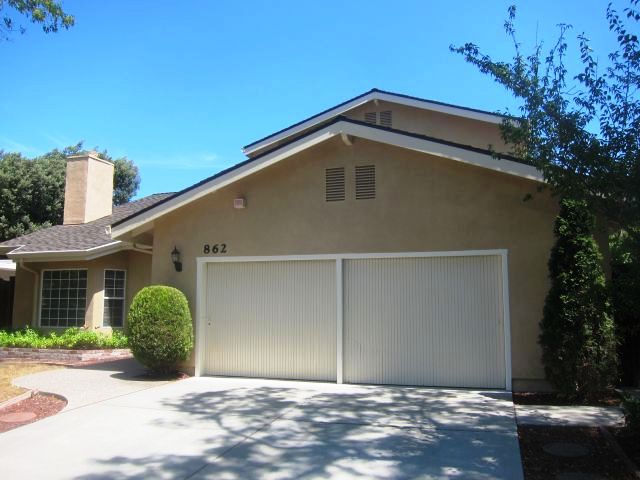 |
|
|
Eichler developments in Palo Alto and neighboring Menlo Park appear to be bearing the brunt of over-development pressure these days. But it’s happening in other cities too, and could happen as well in yours.
While Ingle likes the idea of neighborhood preservation rules for Eichler neighborhoods, he suggests that neighbors start the process before it is too late.
“[Neighborhood preservation] would be the best choice for every neighborhood, but it’s the longest [process] and slowest [to implement],” he says. “You can’t just start it because somebody is starting to build a house.”
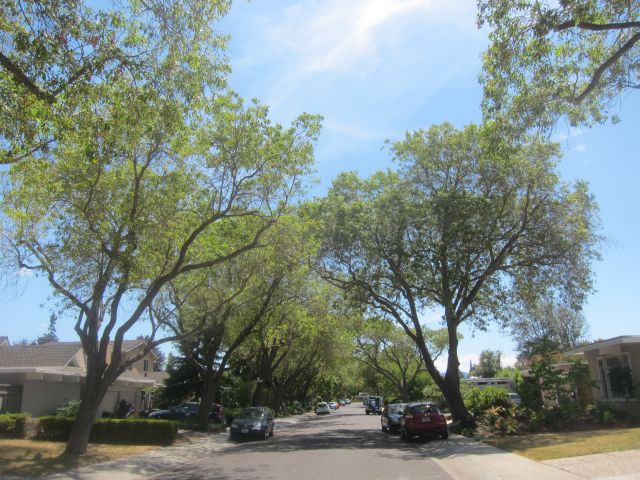 |
|
|
- ‹ previous
- 573 of 677
- next ›



